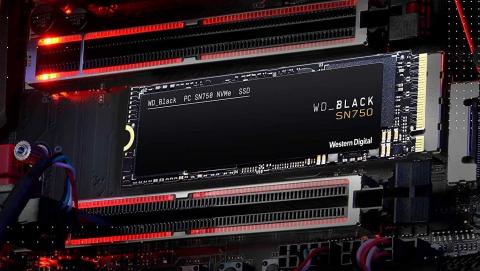When data is read from or written to an SSD, bottlenecks occur on the data bus. Samsung’s new SmartSSD eliminates them entirely.
Surely you have noticed it once: when you read or copy data to an SSD, the computer slows down. You have a harder time opening applications, some videos crash, certain Windows functions stop…
The reason is that reading or writing to an SSD consumes CPU and memory resources and especially the data bus.
Samsung has presented today the second generation of SmartSSD, a semi-autonomous SSD that processes the data itself, without using the CPU. With this reduces queues by 50%, power consumption by 70%, and CPU access by 97%.
When an application requires data that is stored on an SSD device, or wants to save it there, the operation is coordinated by the CPU. The data is processed and sent to memory, to distribute it to the SSD, the GPU, or wherever it is needed.
These intermediate steps and moving data from here to there consumes a lot of resources, and slows down the system.
That is why Samsung has created the SmartSSD, semi-autonomous SSDs that are responsible for processing the data to send them where they are needed, without the CPU intervening.
As it does? Well, simply… using its own CPU. These SmartSSDs have a custom SoC from AMD called Xilinx Versala miniprocessor that takes care of the whole process.
with this system is released to the computer’s CPU to perform more important tasks, and the data bus is not saturatedbecause the information moves from one place to another as little as possible.
Perhaps in home computers the difference is not very noticeable, but in professional environments or in data centers, it can mean a significant performance improvement, in addition to lower energy consumption.
For that reason, for now, these SmartSSD they will not reach consumers. will be dedicated to teams working with artificial intelligence and 5G connections and 6G, that require processing a large amount of data.







![[Img #74683]](https://thelatestnews.world/wp-content/uploads/2024/12/The-main-mistakes-to-avoid-when-betting-on-electronic-sports-150x150.jpg)





![[Img #74683]](https://thelatestnews.world/wp-content/uploads/2024/12/The-main-mistakes-to-avoid-when-betting-on-electronic-sports-300x200.jpg)


Add Comment